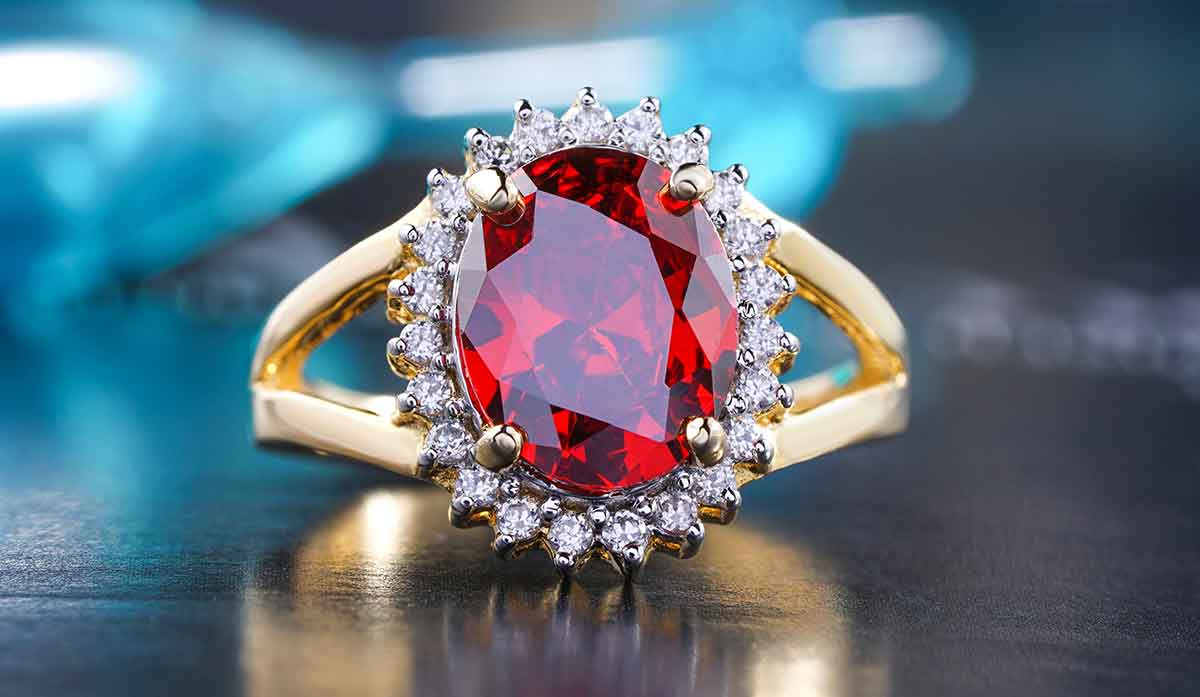
The market for secondhand luxury has been growing worldwide in recent years, especially in the jewelry segment.
+ Video: Lamborghini Yacht Inspired by the Most Powerful Car: The Hybrid Sián
+ Video: 15-year-old millionaire wraps his Ferrari in Louis Vuitton logos
According to the Boston Consulting Group, in the United States, the forecast is that this market will grow up to 20% per year in the next five years.
Establishments selling used items increased 48.58% in the first six months of the years 2020 and 2021 – the highest number in six years.
However, those entering, as a buyer or seller in the jewelry market, need to be careful not to fall into traps, such as buying poorly maintained or even counterfeit items.
Therefore, according to Giovanna Landi, product manager at Orit, it is essential to be vigilant when seeking the desired product:
“I think the first step is to precisely define why you are acquiring a piece. This already defines, for example, how much you are willing to spend: is it an investment, an opportunity, or just a desire?,” explains the specialist. “The credibility of the establishment is also crucial.”
Therefore, we have separated 5 tips to get it right at the time of your purchase:
1. Confirm credibility
Check the credibility of the store where you are buying or selling your product. So, the customer should always research to know if the company has a good reputation, how it curates and makes pieces available for sale.
2. Check authenticity
It’s possible to check authenticity according to the brand of each piece from the manufacturer’s instructions, which indicate how to do this analysis, “It can be from observing details in logos and labels to weight and textures,” she says.
3. Look at the details!
It’s of utmost importance to have access to information about the state and detailing of the piece before purchasing it, such as, for example, scratches and wear.
4. Research
Conduct market research to check different values and purchase opportunities, besides verifying possible additional desired items, like certificate and original box, brand card, among others.
5. Detach
Finally, whenever possible, circulate what you no longer use; your piece deserves a new story.

